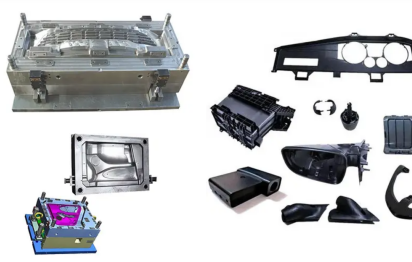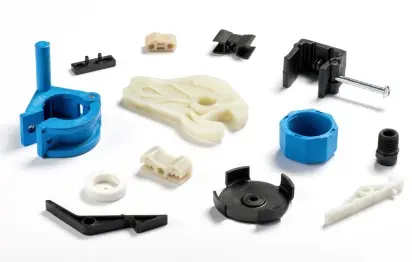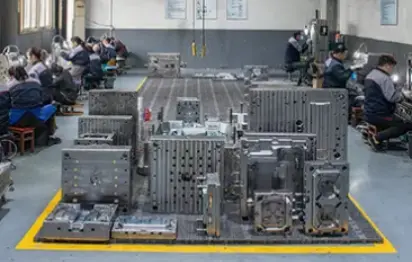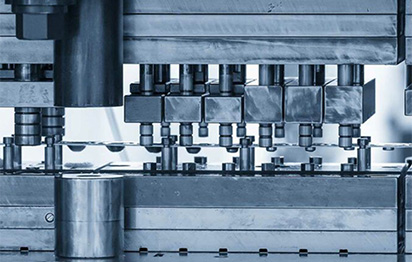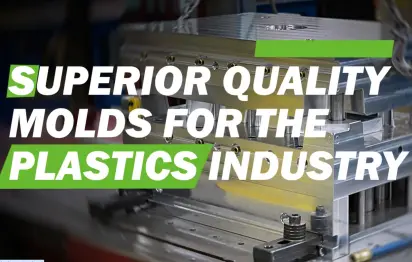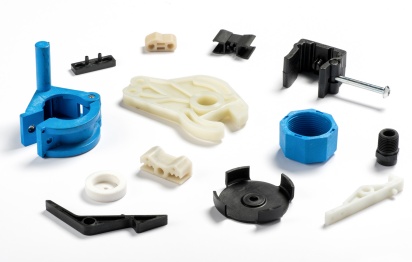How to Make Injection Molds for Plastic Manufacturing: A Complete Guide
Are you looking to create a part that needs an injection mold? Are you searching for an ideal mold solution that fits your project? If so, this guide to manufacturing plastic Injection Molds will be very helpful for you.
Partnering with a company that specializes in injection molds allows you to turn your designs into functional parts. From the first brainstorming session with mold designers to identify real engineering problems through to tool delivery, every step demands Quality Mold building. A well-built mold ensures your plastic components are consistent, precise, and production-ready.
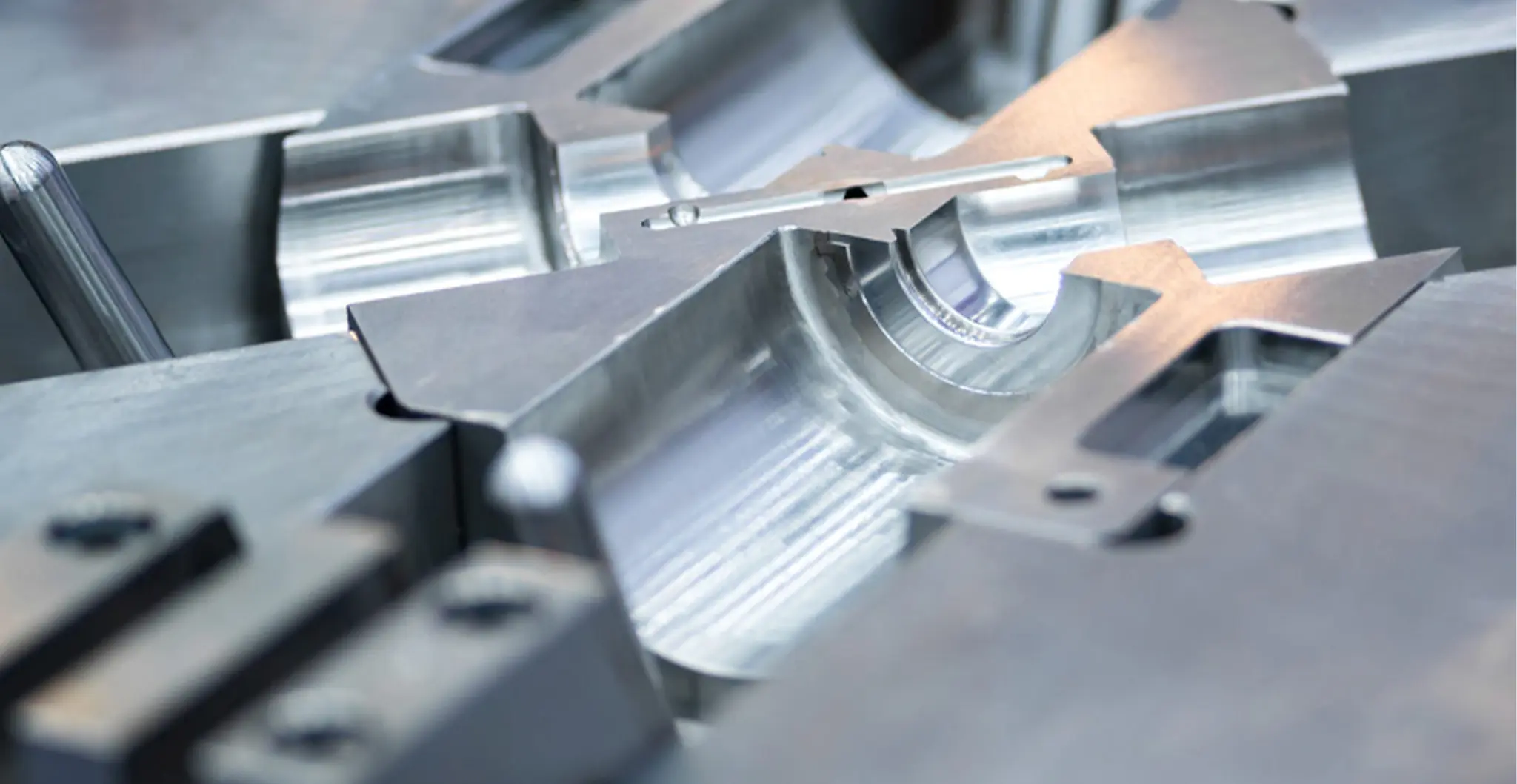
Step-by-Step: The Injection Mold Making Process
- Mold Design and DFM Analysis
The first step in making a plastic injection mold is developing a detailed mold design. This includes:
(1) Evaluating 2D or 3D part files
(2) Determining gating location, parting lines, and ejection methods
(3) Selecting mold steel based on resin type and production volume
(4) Incorporating proper draft angles for smooth part ejection
(5) Accounting for material shrinkage after cooling
A key part of the process is Design for Manufacturability (DFM). DFM enables mold engineers to identify potential problems early, resulting in smoother production and higher part quality.
Mold flow analysis is also performed at this stage to simulate how the molten plastic fills the mold. This step helps detect air pockets, weld lines, and imbalances before mold processing begins.
- Choosing Mold Materials and Surface Finishes
Mold materials impact durability and cost. Hardened tool steel is ideal for high-volume runs, while softer metals may suit short-term or prototype projects.
Surface treatments—such as polishing, texturing, or coating—give the final plastic parts their desired appearance and feel. These finishes can enhance function, improve aesthetics, or replicate natural materials.
- Mold Fabrication and Trial Runs
Once the design is finalized, skilled toolmakers use CNC machining, EDM, and wire cutting to create precise mold components. After assembly, trial molding (T0, T1 tests) is performed to:
(1) Validate mold performance
(2) Verify part accuracy, color, and fit
(3) Optimize injection molding parameters for production
When the mold passes validation and receives customer approval, it is ready for full-scale production.
Partner with DX Mold for Precision Injection Mold Making
Building a quality injection mold involves more than just tools; it entails machinery, experience, engineering, and detail. DX Mold has decades of industry experience, which helps clients worldwide mitigate their time to market and enhance part quality.
Contact DX Mold today so that we can assist you with your next high-performance, durable injection molding project.







